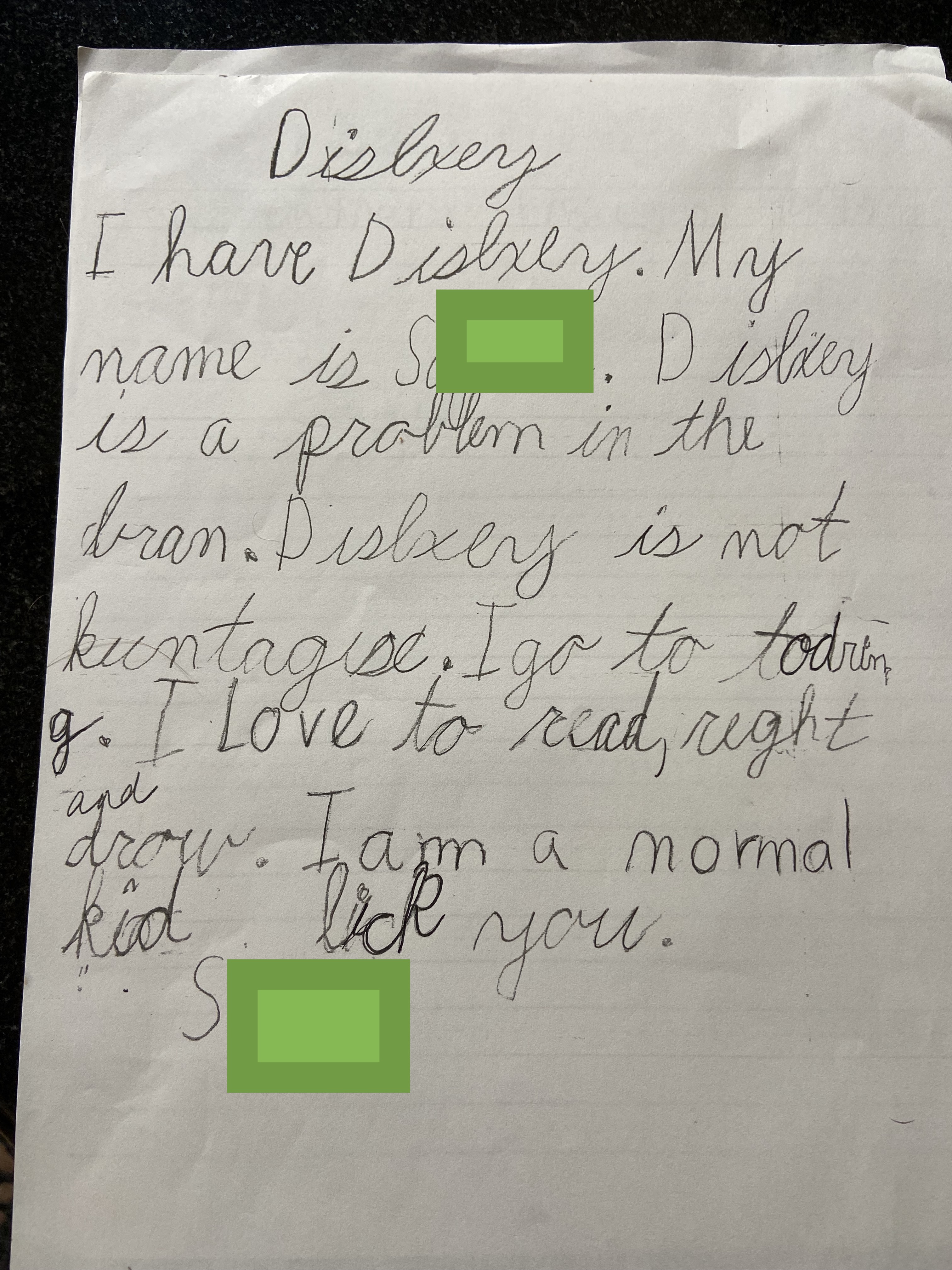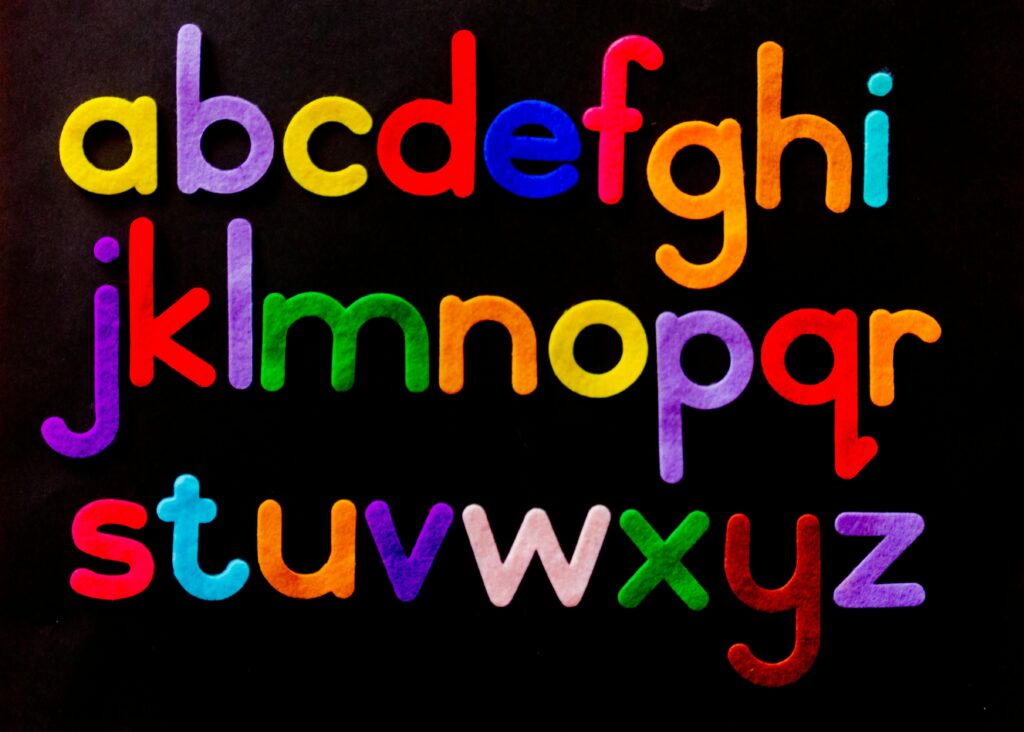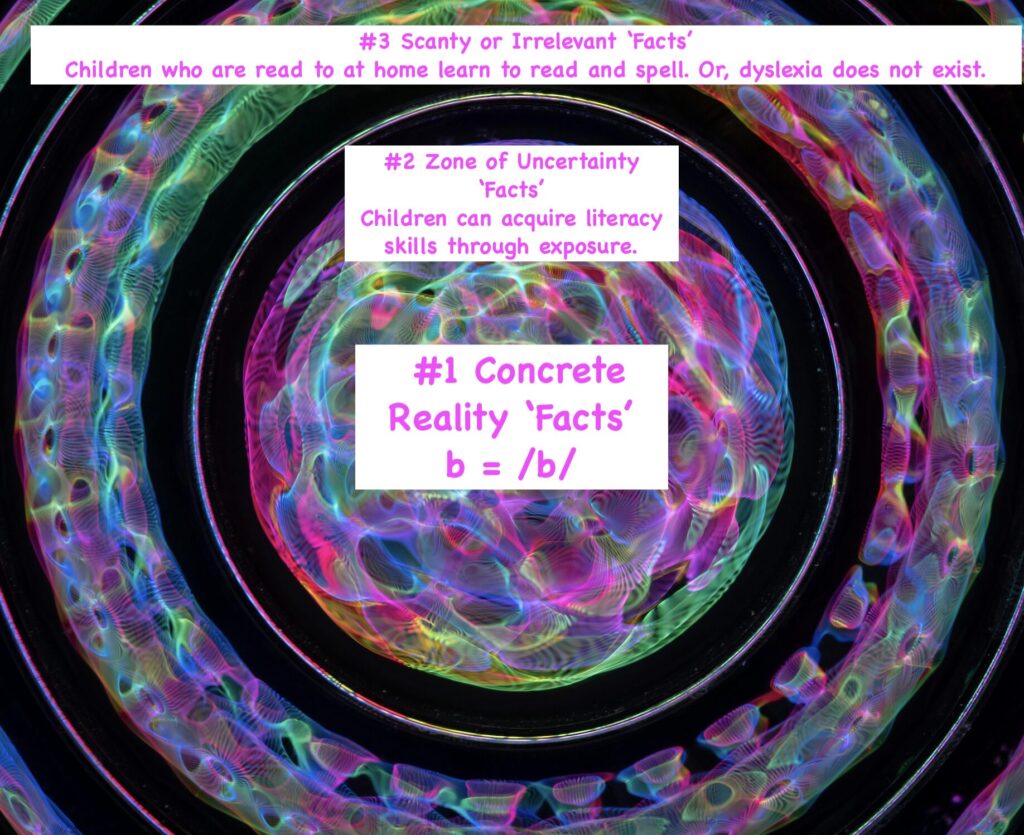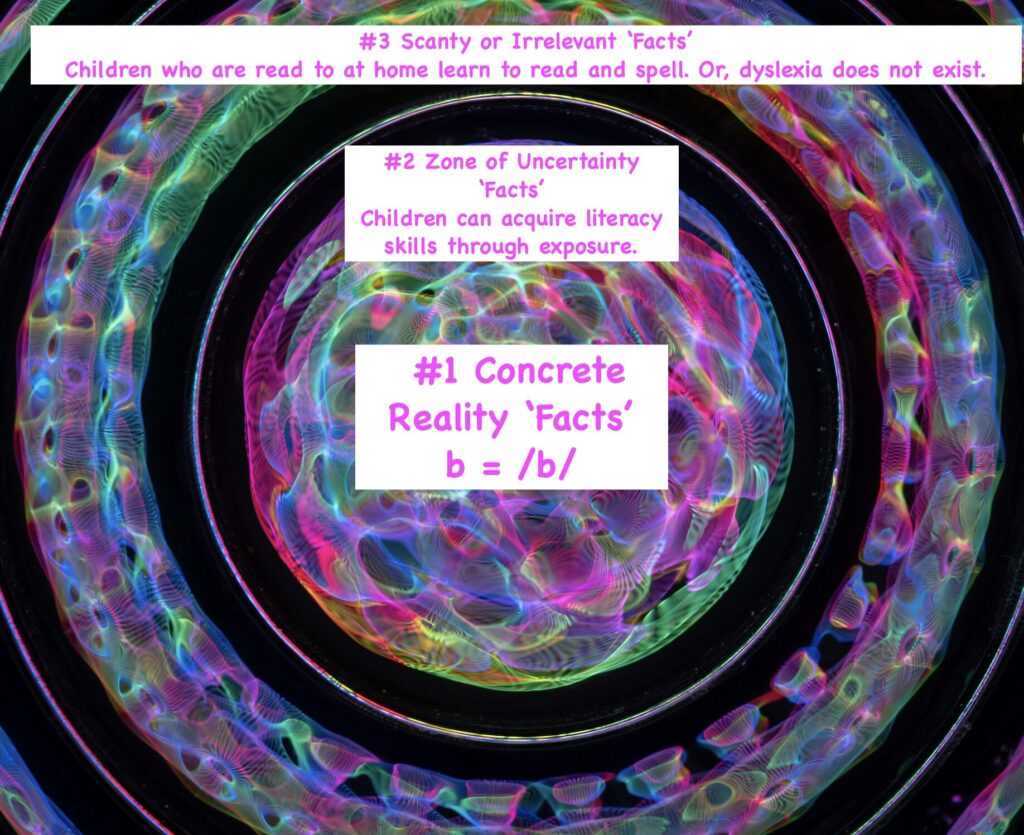
Image by Lori Josephson
“Dyslexia is not contagious. I go to tutoring. I love to read, write and draw. I am a normal kid like you.”
This is what one of my former students wrote and shared with me perhaps in late second grade or early third grade, but certainly once I had taught her how to write in cursive. That was likely back in the early 2000s. This statement is as true today as it was over 20 years ago.
THE STORY

I love telling stories. I so love telling stories that I, on more than one occasion, received ‘storyteller’ posters and statues as gifts. In fact, you can see this one located on one of my shelves in my office.
Well, here’s today’s true story.
Image by Lori Josephson
I went to get my hair highlighted and cut yesterday. The nice young woman who shampooed, conditioned, and who knows what else she did to my hair–we had some time to chat. She asked me what I did vocationally, so I told her I was a dyslexia specialist, and that I had recently published a book on how the human brain learns to read and spell.
Her first comment: “Oh, I thought dyslexia was when you see things backwards.”
II explained that ‘seeing things backwards’ wasn’t what dyslexia was at all. I went on to first explain the process of learning to understand and produce oral language–which human beings are ‘hard wired’ to accomplish without much effort more often than not. I then explained the process the specialized neurons in the brain need to undertake in order to work together to create new neuronal networks, On the other hand, most of us humans need someone to directly teach these complex skills.
Her second comment: “I learned more about this from you in the past 5 minutes than I ever knew about dyslexia.”
I went on to show her the cover illustration of my book, to which she commented: “I am more of a visual learner than learning from reading.”

Image by Jamie Sale Copyright Lori Josephson 2024
My response: “Well, it took a whole lot to explain my thoughts and ideas (both written and oral) to my illustrator in order to come up with the visual you are looking at!” We both laughed.
I first shared my thought that it was great that she was learning to be a hair stylist, for in fact, our society needs folks like her to cut and style hair, and that she may be particularly well suited to the profession since it is so very spatial. I THEN went on to share my thought that she had likely been taught to read when it was all the rage to de-emphasize phonics (sound/symbol relationships, sound-symbol-meaning ‘mapping’–known as ‘orthographic mapping’) in favor of using context, the first letter of a word, predictable text with pre-prepared spelling lists of words to memorize weekly. Learning to read and spell 15-20 years ago was nothing short of a true memory overload! I bet some of you reading this article can relate to this experience.

Calling All Neurons! How Reading and Spelling Happen
Her response: “You are 100% correct.” Perhaps this interchange is one of the reasons this young woman chose the vocational path she did. She thanked me several times, asked me how to find my book, and off we went our separate ways.
WHY THIS STORY? BECAUSE IT IS DYSLEXIA AWARENESS MONTH!
I firmly believe confusion continues to persists in terms of public knowledge about what dyslexia ‘is’ and what it is ‘not’. Dyslexia’s definition continues to be discussed and is ever evolving. That said, varying ‘official” definitions of dyslexia currently exist. The International Dyslexia Association’s definition is only one specific to ‘dyslexia’:

“Dyslexia is a specific learning disability that is neurobiological in origin. It is characterized by difficulties with accurate and/or fluent word recognition and by poor spelling and decoding abilities. These difficulties typically result from a deficit in the phonological component of language that is often unexpected in relation to other cognitive abilities and the provision of effective classroom instruction. Secondary consequences may include problems in reading comprehension and reduced reading experience that can impede growth of vocabulary and background knowledge.” (2002)
Image by Magda Ehlers on Pexel
Other definitions of ‘dyslexia’ as per the Diagnostic and Statistical Manual V (DSM-V 2013) and the federal IDEA legislation (2004) are subsumed under the umbrella of the term “Specific Learning Disabilities”. The purpose of these alternate definitions has more to do with eligibility for special education services in our nation’s schools. Here is a document, courtesy of University of Florida, which lays out the definitions side by side.
Nowhere in these definitions does it state that individuals with dyslexia ‘see backwards’. In my humble opinion, like many others in my field, an updated definition would likely offer more specificity and clarity. So it pains me to think that folks continue to misperceive what dyslexia IS and what it IS NOT. And you will note that the definitions I reference were devised in 2002, 2004, and 2013–those researching how the brain acquires literacy have accumulated a good deal of research in the past 11-22 years.
LET’S GET INTO THE WEEDS A LITTLE
I recently read an article by Francis S. Collins, the former director of the National Institutes of Health. The basic point of the article is that some facts exist which are just those…facts…and they are “concrete reality.” Then there are the facts deemed as in the “zone of uncertainly.” Finally, there are the facts deemed as merely subjective opinion where the evidence is “scanty or just irrelevant.” Dr. Collins invites readers to think about these varying ideas about ‘facts’ as concentric circles. This is where the confusion lies, as what we think are facts may, in fact, not be facts—hence distortion of reality, confusion, and disagreement.

No one would dispute the fact that the sound represented by the symbol ‘b’ = /b/, just like no one would dispute that 3 + 3 = 6 (Circle #1 Concrete Reality).
But, despite vast research in how the brain learns to acquire literacy, many continue to believe that children can acquire literacy skills simply through exposure (Circle #2 Zone of Uncertainty). While this may be the case for some children, it is not the case for most children. Rather, most children optimally learn literacy skills over the course of several years via direct instruction in skills inclusive of phonological awareness, phonics, decoding, encoding (spelling), fluency, language comprehension, morphology, vocabulary, and expansion of background knowledge.
Those children who have dyslexia are able to learn as well. It may take longer to reach the finish line, but those with dyslexia should have the opportunity to get there. Those with dyslexia are best served by being diagnosed/identified early (we know the ‘red flags’ and indicators very clearly), participate in early intervention (more support with more repetitions to create and strengthen those neural networks). The neural networks created and strengthened involve the integration of the auditory, visual, motor, language, executive function, as well as the cerebellum areas of the brain.
More recent research done by Maryanne Wolf and her colleagues indicates that the cerebellum plays a large role in terms of naming speed, which greatly influences word recognition and reading fluency. This open access article (anyone can read it calls for a more comprehensive conceptualization/definition of dyslexia since the different deficits are heterogeneous and more complex than originally known. Myths about dyslexia including a lack of intelligence, correlation of intelligence with the ability to learn to read/spell/write, poor self-esteem, laziness, and even the notion that those with dyslexia have ‘special gifts’ need to be dispelled. It does society no good to perpetuate these negative and perhaps incorrect stereotypes.
It is critical to the societal understanding of dyslexia that, although it is typically described as a specific learning disability, dyslexia is a learning difference that becomes a disability to the extent that environments are disabling.
Wolf, M., Gotlieb, R.J.M., Kim, S.A. et al. Towards a dynamic, comprehensive conceptualization of dyslexia. Ann. of Dyslexia 74, 303–324 (2024). https://doi.org/10.1007/s11881-023-00297-1
Let me repeat the important part of the quote above–dyslexia is a learning difference that becomes a disability to the extent that environments are disabling. This speaks volumes to me, as the ‘environments’ are reflected in the approach and curricula (books/programs selected at the district levels of our schools) schools select, training of educational personnel at the pre-service (undergraduate and beyond) and in-service (those with their boots on the ground in the classrooms), publishers of said curricula, as well as legislators who make the decisions about laws such as ‘Dyslexia Laws’ and ‘Science of Reading’ mandates. The advent of ‘remote learning’ forced the issue, as many parents and caregivers had their opened eyes wide when they were able to see what their children could and could not master academically.
Now, let’s get to the notion of ‘Scanty or Irrelevant Facts’ (Circle #3). I cannot tell you how many families I have worked with who told me they were told they didn’t read enough at home–and if they read more at home, their child would become a successful reader (never mind the spelling/writing part!). Or…those who feel that dyslexia does not exist. One ought never to believe rash generalizations such as these. Another one of these ‘irrelevant facts’ is the idea that students simply “need more time” and they will just catch up. According to Emily Sohn, “Persistent misunderstandings about reading struggles have impeded progress in diagnosis and treatment [of dyslexia].”
Disagreements about how to define, diagnose, and teach reading to struggling students have penetrated the fields of politics, science, mental health, public health, and education. One cannot argue that the low levels of literacy exist in all levels of society (it is estimated that 20% of the U.S. population have some level of dyslexia whether it be mild, moderate, or severe, approximately two thirds of children in grades 4 and 8 do not read at even a ‘proficient’ level). Did you know that the monies allocated to support prisons in our country rely upon the special education numbers at an early age? This is known as the “special education to prison pipeline.” Mental health issues relating to reading failure are sometimes described as ‘secondary consequences; however, cognitive psychologist Mark Seidenberg begs to differ. He states, “By the time they are in fourth to sixth grade, if they’re still failing, their motivation to continue drops off and they disengage. The consequences of not being able to read are huge.”
Be an educated consumer! Make your best effort to distinguish ‘concrete reality’ facts from those in the ‘zone of uncertainty’ and those which are ‘scant and/or irrelevant’. Be more AWARE this Dyslexia Awareness Month!

